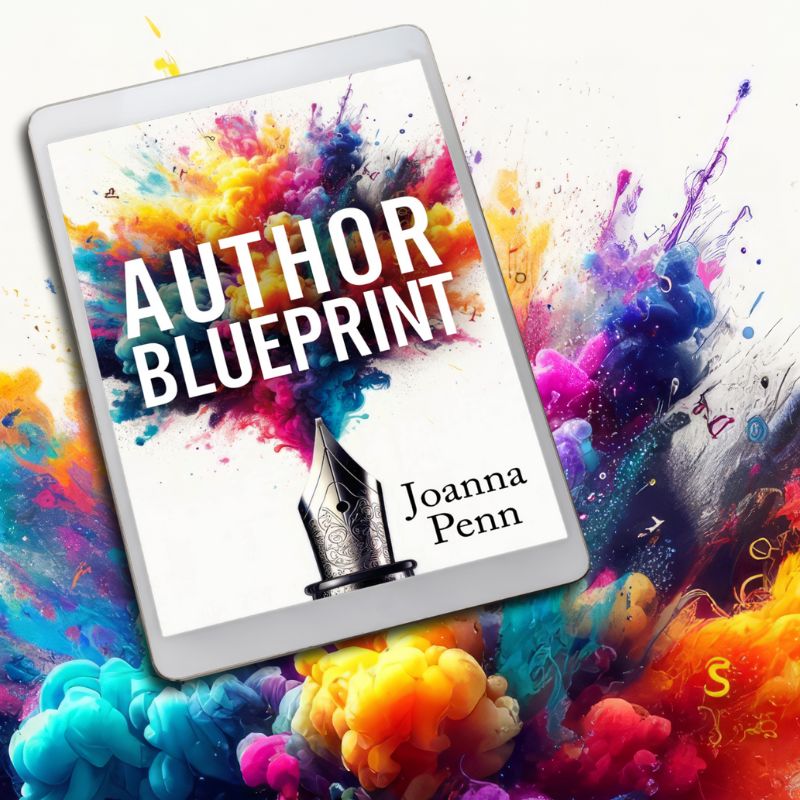Why is story so important — no matter what genre we write? How can we use emotion to hook readers — and also tap into what matters in our own lives? Lisa Cron talks about these questions and more in …
Narrative Design In The Gaming Industry With Edwin McRae
How can you design a story that branches into multiple directions? How does writing for games help with writing a novel? Ed McRae explains narrative design and the opportunities for writers in the …
Continue Reading about Narrative Design In The Gaming Industry With Edwin McRae →
Great Stories Don’t Write Themselves: How To Develop Strong Fiction Ideas With Larry Brooks
We all want to write the best book we can — but how can we make sure the story is strong enough to make it worthwhile writing in the first place? In this interview, Larry Brooks gives 4 criteria for a …
Writing Fiction: This Is How You Write A Story
We are readers first, so it's easy to assume that once you've read thousands of stories, it will be simple to write a story. I certainly used to think that way! But the truth is that a story can be …
Continue Reading about Writing Fiction: This Is How You Write A Story →
How To Use Story In Your Non-Fiction Author Business
Storytelling is not just for fiction authors these days. Increasingly, businesses and brands are using the power of story to engage people. If you write non-fiction, then you can use story to …
Continue Reading about How To Use Story In Your Non-Fiction Author Business →
Wired For Story. Using Brain Science To Hook Readers With Lisa Cron
Why has 50 Shades of Grey sold millions of copies when it is not 'great' writing? Why is a great story more important than beautiful language? In today's interview with Lisa Cron, we get into what …
Continue Reading about Wired For Story. Using Brain Science To Hook Readers With Lisa Cron →
